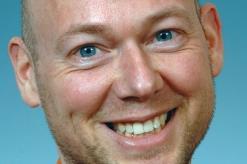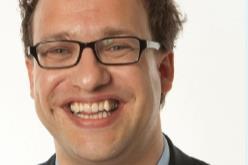Coverage ratios of the largest Dutch sector pension schemes have dropped to levels last seen during the financial crisis in 2009.
Funding figures for the end of February and estimates in view of current developments due to the coronavirus, suggest that coverage for the €465bn civil service scheme ABP could have dropped to 83% – its lowest level also reached in 2009 – or even less.
Pension advisers and analysts estimate that funding of Dutch schemes has dropped by up to 11% on average in March, largely as a consequence of collapsing equity markets.
This morning, and based on the most recent interest rate levels, Piet Rietman, an analyst at ABN Amro, estimated that ABP’s funding level could even have dropped below 80%.
At the end of last month, ABP had reported a coverage of 88.7%. Rietman has predicted an average funding level of 86%, a drop of 11 percentage points since the end of February.
It is also estimated that the €238bn healthcare scheme PFZW has seen its funding level fall to 80-84% – its lowest funding level hit 85% in 2009. At the end of last month, it stood at 90.4%.
With a funding level of 92.3% each, the large metal schemes PMT and PME were in a slightly better shape at the end of February. However, their coverage ratio is also expected to be close to their lowest of approximately 84% as recorded in 2009.
In the coming months, the crucial “policy funding” – the 12-month funding average, and the main criterion for rights cuts – of the large schemes will come close to the critical floor of the 90% funding level.
Last year, Wouter Koolmees, the minister for social affairs, temporarily reduced the minimum required funding to 90% from 104.3%, pending the elaboration of the pensions agreement this year.
However, so far he has declined to be specific about the minimum required coverage ratio for 2021.
Potential for recovery
Although recent developments have further limited pension funds’ recovery potential, Marc Heemskerk, actuary at Mercer, said pension schemes’ funding levels at the end of the year will be the criterion for possible rights cuts.
“Much could happen in the meantime, and markets could still improve,” he added.
In 2009, several pension funds attributed dropping coverage ratios predominantly to declining interest rates. However, Ewout Schotanus, associate partner at consultancy Sprenkels & Verschuren, said interest rates have played a minor role in the recent drop of funding levels.
“The decrease is largely caused by declining equity markets, as most of the impact of falling rates is expected to be cushioned by pension funds’ interest hedge and the ultimate forward rate,” he explained.
The ultimate forward rate (UFR) – currently 2% – has been introduced to artificially raise the discount rate for liabilities relative to the market rate. It will start having an impact for durations as of 20 years.











No comments yet